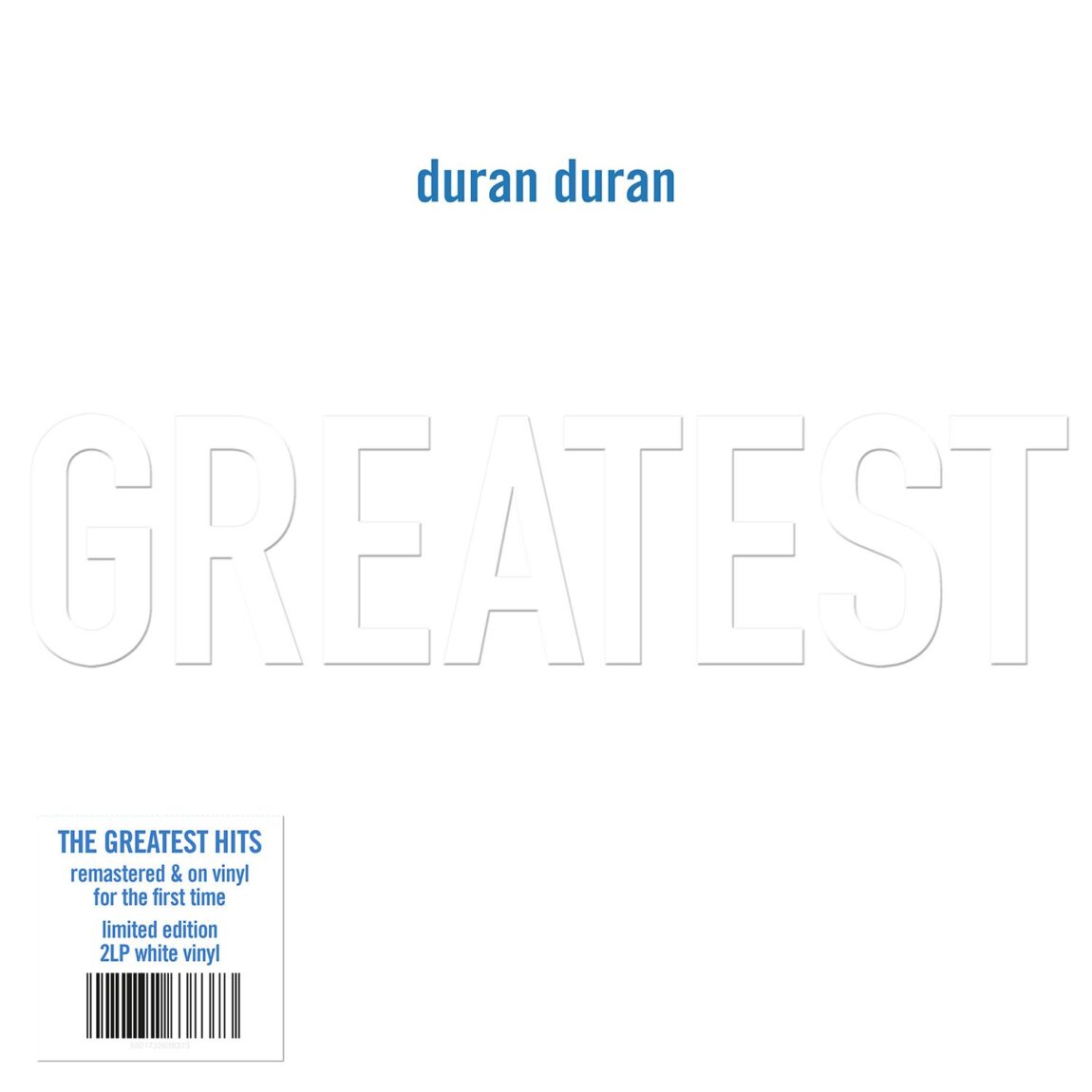As a founding member of 1980’s supergroup Duran Duran, Nick Rhodes was a visionary who saw the future of music in shimmering synths and burbling arpeggiators. The rest, as we know, is history. On the band’s new album Paper Gods, Rhodes shows us that he's still on the forefront of synth technology and techniques. Let’s examine some key elements of Rhodes’ style, both classic and current.
1. Synth Licks
Ex. 1 is inspired by the song “Pressure Off” from Duran Duran’s new album Paper Gods. Rhodes is great at putting a subtle synth lick at the end of a phrase that really accentuates the lyric. Here we use a mono synth with a filter that gently opens as the sound develops. The groove is in E minor and our fill comes in on the second half of the second bar and the notes all come from the E minor pentatonic scale (E, G, A, B, D, E). The synth has a long sustain and slow release that trails off and adds to the dreaminess of the sound. On the last note in the line, we turn the mod wheel all the way up to get an interesting phasing that adds intensity to the line. When using your own hardware and software synths, cycle through the Moog oriented patches to look for a sound like this. Experiment with moving the mod wheel and tweaking a few knobs to get just the right vibe.
2. A is for Arpeggiator
One of the key elements to Duran Duran’s sound is a shimmering arpeggiated synth. The beauty of using an arpeggiator is that you automatically get incredible sounding synth parts by just pushing a button. Many synths have a few interesting arpeggiator patterns on them. To get started, hold down some chord voicings and see which pattern work best to fill out the track. (Note that the arpeggiator locks in to the metronome of a track so if you play it live, the drummer will need to have a click track). Ex. 2 was influenced by the arpeggiated synth on the Duran Duran classic hit “Rio.” If you look at the music you will see there's not a lot to write because the machine is doing all of the work! I like to use sus chords with an arpeggiator so I get mysterious fourth intervals. This example uses an A sus chord. Listen to Rio with this knowledge and see how simple chord changes make great arpeggiator parts!
3. Get Synced!
Another great sound found on Duran Duran songs from the early 1980’s is the sync synth. For our purpose, a Hard Sync sound is a shrill, phasing synth sound that got very popular in the early 80's and was a staple on Yamaha synths like the DX-7. In Ex. 3, lets put a simple melody over our arpeggiated A sus chord from the last example. All the notes come from the A Mixolydian mode (A, B, C#, D, E, F#, G, A) and have a simple rhythmic motif that repeats. The sync sound sits perfectly atop the percolating chord. Experiment with filters and effects on both sounds to get just the right color for your music.
4. Powerful Pads
Ex. 4 is influenced by the pad on the chorus of the Duran Duran megahit Hungry Like The Wolf. For this pad, I’m using a sound influenced by the famed PPG Wave. The PPG Wave was the very first digital wavetable synthesizer with analog filters. In your synth sound banks, look for something that says “wavetable,” or use a virtual recreation like the Waldorf PPG. Here we have a very simple harmonic motion of two triads, and the attack and decay are both slowly developing so the two chords really blend with each other as they pass. These pads have a nice shimmer and ambiance. As always, check your mod wheel to see if it has any cool effects mapped to it.
5. Synth Stabs
Also a staple in Rhodes’ aural arsenal is the synth stab, illustrated in Ex. 5. For our sound we’ve chosen an Oberheim Matrix sound from the freeware U-HE synth Tyrel. Other common names for a patch like this are “Poly Synth” or “Synth Brass.” Make sure to open up the filter on the cutoff frequency to get just the right amount of bzzzzzzz. In this example, we alternate between E minor and D triads over an E minor chord progression.
To see the music written out please visit Keyboard Magazine online
